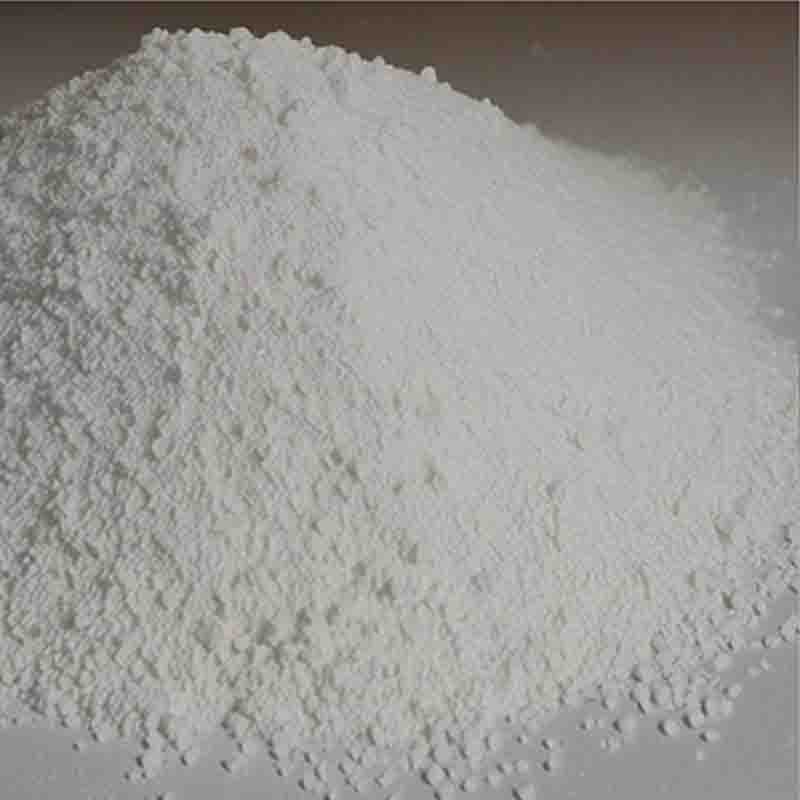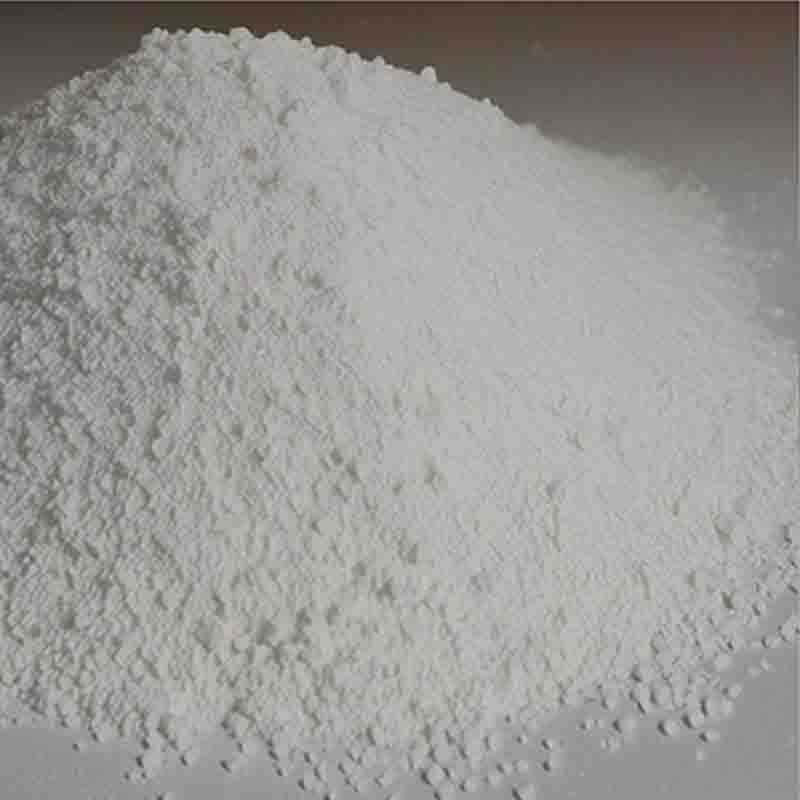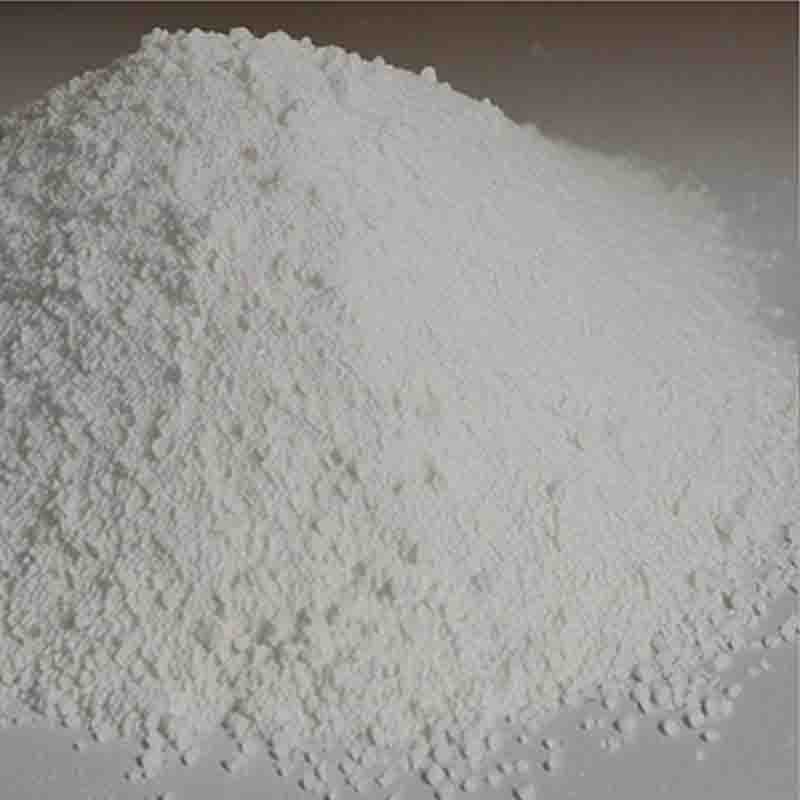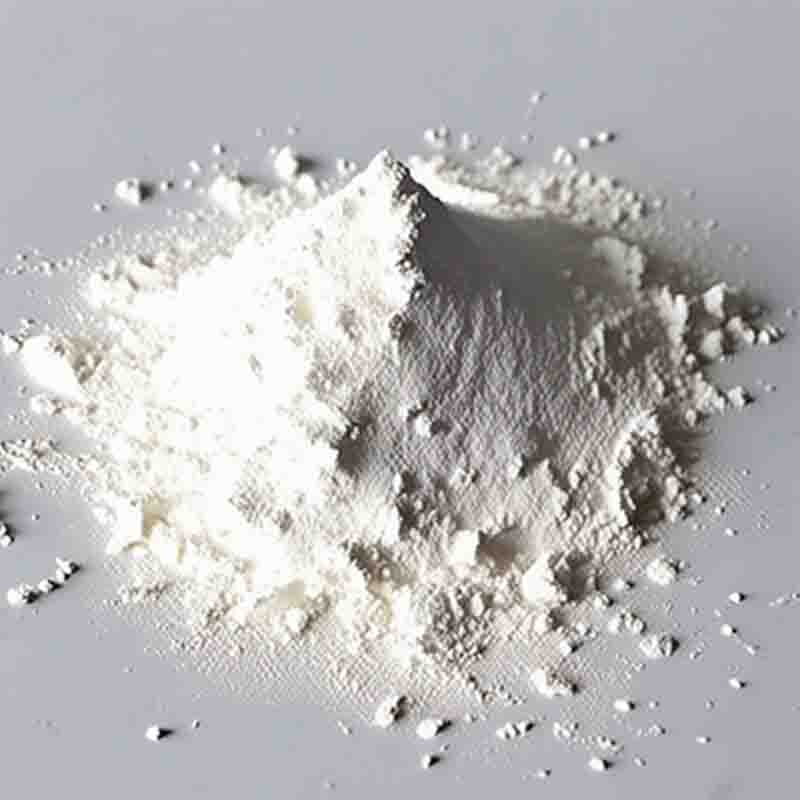1-(2-Dimethylaminoethyl)-5-Mercapto-1,2,3,4-Tetrazole CAS:61607-68-9
| Catalog Number | XD95288 |
| Product Name | 1-(2-Dimethylaminoethyl)-5-Mercapto-1,2,3,4-Tetrazole |
| CAS | 61607-68-9 |
| Molecular Formula | C5H11N5S |
| Molecular Weight | 173.24 |
| Storage Details | Ambient |
Product Specification
| Appearance | White powder |
| Assay | 99% min |
1-(2-Dimethylaminoethyl)-5-Mercapto-1,2,3,4-Tetrazole, also known as DMET, is a chemical compound with an intriguing molecular structure. Understanding its potential effects requires an analysis of its constituent parts and their known properties.The dimethylaminoethyl group is a common moiety found in many pharmaceutical compounds. It can enhance drug solubility and increase bioavailability, improving the compound's ability to reach its target site. Additionally, the presence of the dimethylaminoethyl group can influence the compound's alkalinity, potentially affecting its interactions with biological receptors or enzymes.The mercapto group in DMET contributes to its reactivity and potential for interacting with various biological targets. Thiols, such as the mercapto group, are known for their antioxidant properties, protecting cells from oxidative stress and damage. Thiols can also participate in redox reactions, which can impact cellular signaling pathways.Tetrazoles are a unique class of compounds with diverse pharmacological properties. They have been investigated for a range of bioactivities, including antimicrobial, anticonvulsant, and anticancer effects. Tetrazoles can interact with biological enzymes and receptors, potentially affecting cellular processes and signaling pathways.Combining these structural components, it is plausible that DMET may exhibit various biological effects. The presence of the dimethylaminoethyl group could influence the compound's pharmacokinetic properties, while the mercapto and tetrazole groups may contribute to antioxidant activity and potential interaction with biological targets. However, it is important to note that specific information about the effects of DMET is limited, and more research is needed to fully understand its mechanisms of action and potential therapeutic applications.In conclusion, 1-(2-Dimethylaminoethyl)-5-Mercapto-1,2,3,4-Tetrazole (DMET) is a complex compound with potential biological effects. Based on the properties associated with its structural components, DMET may possess antioxidant activity, exhibit interaction with biological targets, and have potential in the areas of antimicrobial, anticonvulsant, and anticancer therapy. However, further research is necessary to fully elucidate the effects, mechanisms of action, and therapeutic applications of DMET.




![D-erythro-Hexonic acid, 2,4,6-trideoxy-3,5-O-(1-methylethylidene)-6-[(5-methyl-1,3,4-thiadiazol-2-yl)sulfonyl]-, 1,1-dimethylethyl ester CAS: 1326302-97-9](https://cdn.globalso.com/xdbiochems/白色粉末2134.jpg)



![(2-Chloro-5-iodophenyl)[4-[[(3S)-tetrahydro-3-furanyl]oxy]phenyl]methanone CAS: 915095-87-3](https://cdn.globalso.com/xdbiochems/白色粉末1198.jpg)
